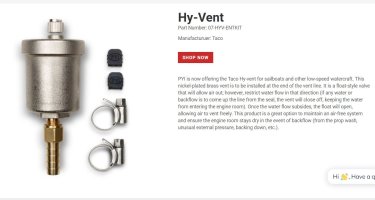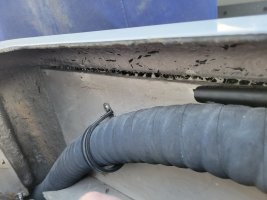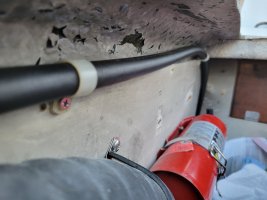Alan Gomes
Sustaining Partner
I pass this along for those of you who have the PSS in case you might find yourselves in a comparable situation. While a number of (evil) stars would have to align for this to happen to any of you, it's probably still worth keeping it in mind.
(Some of you who also frequent SBO--such as Loren--may already be familiar with this thread, which has been quite a saga for this poor gentleman getting his old Perkins engine up and running. And now this added complication of water intrusion from what should have been a simple water pump swap has added to his headaches. I must say that I find his equanimity impressive throughout this thread.)
(Some of you who also frequent SBO--such as Loren--may already be familiar with this thread, which has been quite a saga for this poor gentleman getting his old Perkins engine up and running. And now this added complication of water intrusion from what should have been a simple water pump swap has added to his headaches. I must say that I find his equanimity impressive throughout this thread.)




